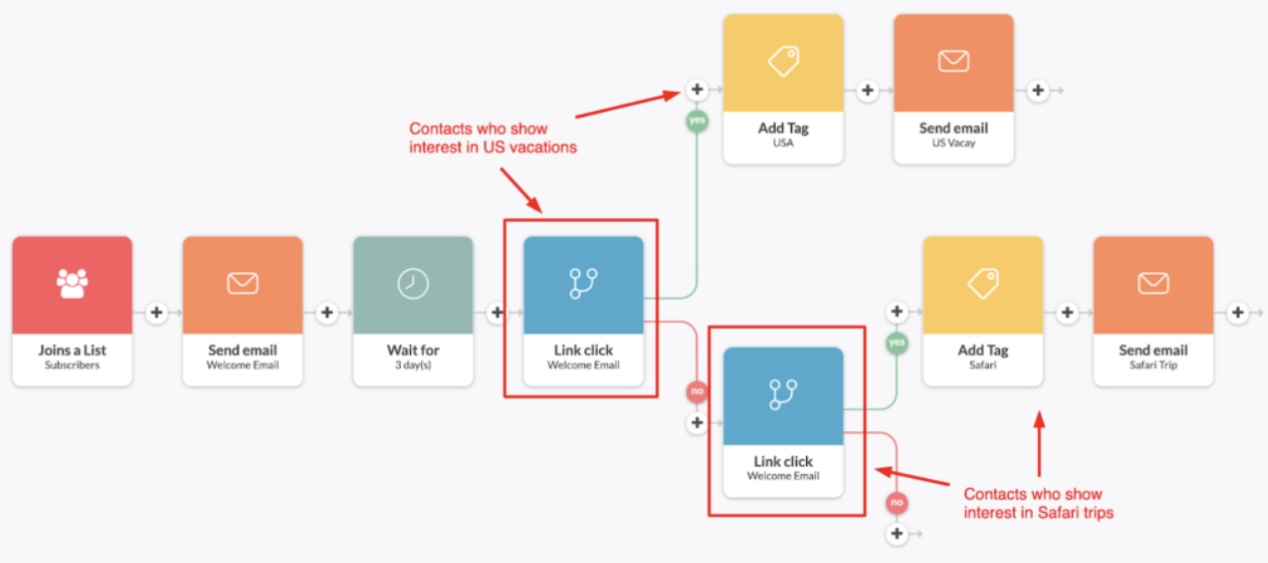Managing contact lists is an essential task for any organization or individual who wants to stay organized and connected with their network. Whether it’s for business or personal purposes, having an up-to-date and accurate contact list can make communication more efficient and effective. It allows you to easily reach out to the right people when needed, whether it’s for networking opportunities, collaboration on projects, or simply keeping in touch with friends and family.
Keeping a well-maintained contact list also helps to avoid duplicate contacts, outdated information, or missing important details. By regularly updating and organizing your contact list, you can ensure that you have access to the most current and relevant information at all times. This can help you save time and effort when trying to reach out to someone or searching for specific contacts.
Additionally, managing your contact list can also help you stay organized and focused on your goals, as you can easily track and prioritize your communications with different contacts based on their importance or relevance to your objectives. Overall, managing contact lists is a crucial task that can greatly improve your communication and productivity in both personal and professional settings.

Create and Manage Lists
Creating and managing lists can be a useful tool for organizing information and tasks in both personal and professional settings. Lists can help individuals keep track of important deadlines, appointments, and priorities. By breaking down larger tasks into smaller, more manageable items, lists can also increase productivity and efficiency. Furthermore, lists can serve as a visual representation of progress and accomplishments, providing a sense of satisfaction and motivation to continue moving forward.
In addition to task management, lists can also be used to keep track of important contacts, resources, and ideas. By organizing information into lists, individuals can easily access and reference important details when needed. When it comes to managing lists, it is important to regularly review and update them to ensure that they remain relevant and up-to-date. This may involve adding new items, removing completed tasks, and adjusting priorities as needed.
There are a variety of tools available for creating and managing lists, including traditional pen and paper, digital apps, and online platforms. Each individual may have their own preferred method for managing lists, so it is important to find a system that works best for you. Ultimately, creating and managing lists can be a valuable skill that can help individuals stay organized, focused, and on track towards achieving their goals.
Rename Lists
The topic of renaming lists is a subject that has been widely debated in recent years. Many people believe that changing the names of lists can help to promote inclusivity and diversity. By renaming lists that may have outdated or offensive terminology, organizations can show their commitment to creating a more welcoming and inclusive environment for all individuals.
This can help to ensure that everyone feels respected and valued, regardless of their background or identity. However, there are also those who argue that renaming lists is unnecessary and can be a waste of time and resources. They believe that the focus should be on addressing more pressing issues, rather than spending time on changing names. Ultimately, the decision to rename lists is a complex one that requires careful consideration of the potential impact on all stakeholders involved.
It is important for organizations to weigh the pros and cons of renaming lists and to engage in open and honest discussions with their employees and community members. By approaching the topic with sensitivity and thoughtfulness, organizations can work towards creating a more inclusive and equitable society for all.

Rename via Lists Tab
In the world of digital organization, renaming files is a common practice to keep things organized and easily searchable. With the use of the Lists Tab feature, users have the ability to quickly and efficiently rename files to better suit their needs. This feature allows for a streamlined process of updating file names in a systematic and organized manner.
By using the Lists Tab, users can easily select multiple files at once and rename them all at the same time, saving valuable time and effort. This feature is especially useful for those who work with large amounts of files and need to keep them organized in a clear and concise manner. The Lists Tab feature provides a user-friendly interface that allows for easy navigation and customization of file names. Overall, the ability to rename files via the Lists Tab feature is a valuable tool for individuals and businesses looking to maintain a well-organized digital workspace.
Rename while Viewing
When it comes to the practice of renaming files while viewing them, it is important to consider the potential consequences of such actions. While some may see this as a convenient way to organize and categorize their files, others may view it as a risky move that could potentially lead to confusion or loss of important information. The act of renaming files while viewing them can be seen as a way to personalize and customize the organization of one’s digital data.
However, it is also important to keep in mind the potential risks associated with this practice, such as accidentally deleting or mislabeling important files. It is essential to approach this practice with caution and to be mindful of the potential implications of renaming files while viewing them. Ultimately, it is up to the individual to decide whether this practice is the right choice for them and to proceed with caution when doing so.

Delete Lists
Delete lists are a controversial topic that has sparked much debate among individuals and organizations. Some argue that delete lists are necessary for maintaining order and safety, while others believe they are intrusive and violate privacy rights. Proponents of delete lists argue that they are essential for keeping track of individuals who pose a threat to society, such as known criminals or terrorists. They believe that by having a centralized list of these individuals, law enforcement agencies can more effectively monitor and apprehend potential threats.
On the other hand, critics of delete lists argue that they are often misused and can lead to discrimination and wrongful targeting of individuals based on faulty information. They believe that delete lists can create a culture of fear and suspicion, where innocent people are unfairly targeted and have their rights infringed upon. Additionally, there are concerns about the lack of transparency and oversight in how delete lists are created and maintained, raising questions about the accuracy and reliability of the information contained within them. Overall, the debate over delete lists highlights the complex balance between security and privacy in today’s society, and the need for thoughtful consideration and regulation of such practices.
Delete an Outdated List
When it comes to managing lists, it is important to stay up-to-date and relevant. One common practice is deleting outdated lists to ensure that only the most current information is being used. This can apply to a variety of lists, such as contact lists, inventory lists, or task lists. By deleting outdated lists, you are able to streamline your processes and avoid any confusion or mistakes that may arise from using old information. It also helps to keep your records accurate and organized, making it easier to find the information you need when you need it.
Deleting outdated lists is a simple but effective way to keep your information current and ensure that you are working with the most accurate data available. It is a best practice in list management to regularly review and update your lists to maintain efficiency and effectiveness in your operations. By taking the time to delete outdated lists, you are demonstrating a commitment to quality and accuracy in your work. So, whether you are managing a small personal list or a large professional database, make sure to regularly delete any outdated information to keep your records current and reliable.
